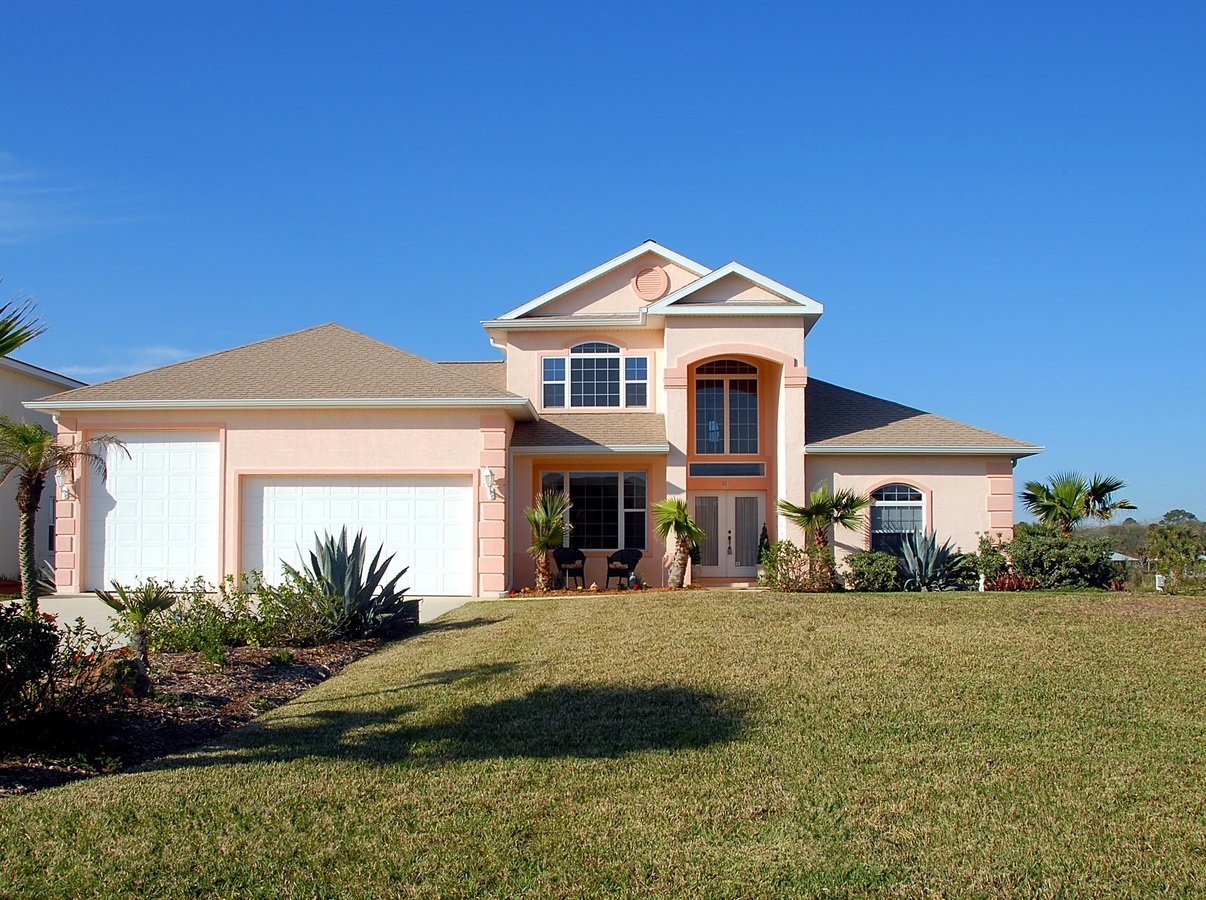Table of Contents Show
Getting the most out of your outdoor space means adding features to protect you from the weather. With the right tools in place, you can enjoy the benefits of being outdoors and in the fresh air all year long.
There are two basic necessities for year-round deck and patio use: covers and at least one outdoor electric heater. In this post, you’ll learn about the three main types of outdoor heaters to help you decide on the right one for your outdoor space.

What to Consider When Choosing an Outdoor Heater
Depending on the outside temperature and the size of the area you need to heat, you may only need one or two outdoor heaters to keep your deck or patio comfortable.
On average, an outdoor heater can heat up anywhere between 1,500 to 2,000 square feet of covered space. In uncovered spaces, the average outdoor heater can warm up an area of approximately 20-foot in diameter.
The manufacturer’s specifications should give you the size of the area their heater is meant to cover.
There are four main designs of outdoor heaters. When you’re ready to turn your deck or patio into a year-round destination, these are your options:
- Floor-standing patio heaters: These are the ones most typically used by restaurants and coffee shops with an outdoor patio. They’re tall, thin, and heat up a relatively large area.
- Hanging outdoor heaters: These can only be used in an outdoor space covered by a ceiling, but they don’t take up any floor or wall space.
- Mounted outdoor heaters: Like hanging outdoor heaters, wall and ceiling-mounted outdoor heaters release enough heat to keep you comfortable without taking up any floor space.
- Tabletop outdoor heaters: These are basically mini versions of the floor-standing heaters and are ideal for small spaces.
Read Also:
Natural Gas Outdoor Heaters
Natural gas outdoor heaters have a high initial cost but result in lower energy costs over time. They’re connected directly to your gas line to provide continuous heat. This means, however, that they must be professionally installed and maintained.
Most natural gas outdoor heaters are available as standing units that can be mounted to a wall or floorboard, but because they’re connected to your gas line, they are not portable. Also, natural gas outdoor heaters can only be used in uncovered, well-ventilated areas for the fumes to safely dissipate.
Propane Outdoor Heaters
Like gas heaters, propane-fueled outdoor heaters are pricier than electric heaters at first but cost a lot less to operate. These standing heaters have a wide base where the propane tank is stored and connected to the heating element.
Propane outdoor heaters must also be used in open, uncovered areas, but unlike gas heaters, they’re portable because they’re not connected to the gas line. That said, this also means if you use a propane heater, you’ll need a backup tank of propane in case it runs out while heating your outdoor space.
Electric Outdoor Heaters
Electric outdoor heaters are portable and can often be plugged into a standard outlet. They don’t require any installation unless you choose to mount them to a fixed location. Electric outdoor heaters are safe to use in covered areas as they don’t produce any emissions.









